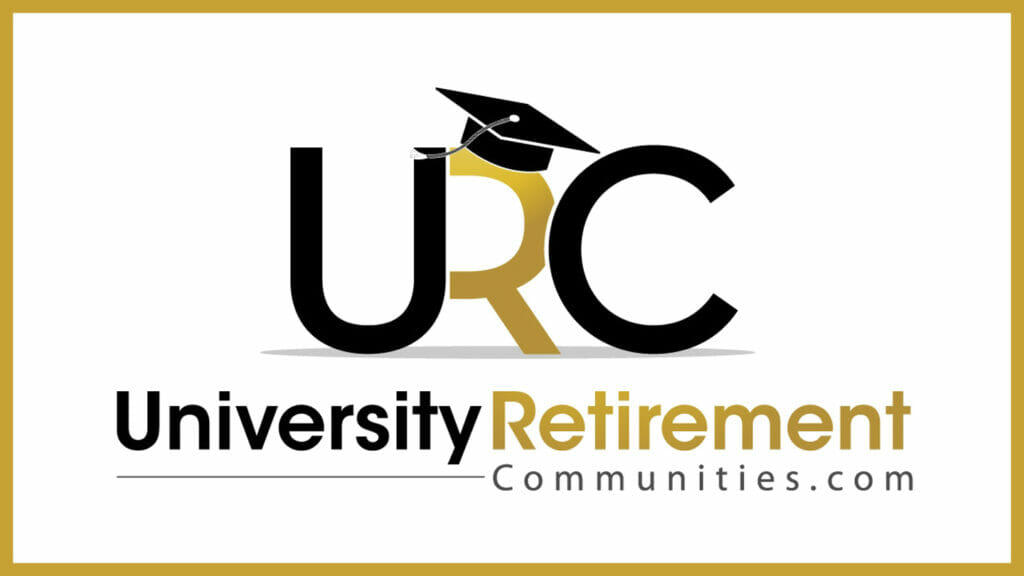
A senior living expert has launched the first national website providing a one-stop directory of information for retirees interested in senior living communities associated with higher education institutions.
UniversityRetirementCommunities.com is the brainchild of Andrew Carle, a former senior living executive and lead instructor for the graduate concentration in senior living administration at Georgetown University.
The website provides a comprehensive list of the university retirement communities, or URCs, in the country, with information on the history, services and costs of those communities. Carle said the goal of the site is to provide a one-stop directory and information resource for consumers, a membership resource site for academic institutions and senior living providers, and a certification program.
“Boomers represent the most highly educated retirement demographic in history, and they are seeking active, intellectually stimulating and intergenerational retirement environments — with strong ties to their alma mater or opportunities for lifelong learning,” Carle said, calling URCs the “fastest growing sector” of senior living. “This is what they want, and the senior living industry should be paying attention to that.”
An idea takes root
In 2006, Carle used a family vacation to visit retirement communities across the country associated with academic institutions — Stanford, Iowa State, Penn State, Duke, Indiana University and the University of Florida, to name a few. Back then, he said, it became apparent that a “next generation” model of senior living was primed to be the perfect fit for an aging boomer population.
The concept, however, was undefined and “all over the place” in terms of what was offered and how it worked, he said. Looking to define and refine a URC model, Carle created five criteria to better define the model based on the attributes sought by most retirees and the attributes that lead to long-term operational success for both senior living communities and academic institutions.
The new website provides resources for academic institutions, alumni associations and providers interested in developing a URC, including links to organizations providing consulting, feasibility studies, development, architectural and interior design, and operations management.
“There are more than 2,800 four-year academic institutions in the United States and nearly 10,000 baby boomers turning 65-plus each day,” Carle said. “We want UniveristyRetirementCommunities.com to be the No. 1 source for information, resources and certification for this rapidly growing retirement and senior living option.”
Using certification as a differentiator
Carle, who previously served as senior consultant-health intelligence for JD Power and Associates in creating its national senior living community program, is writing requirements for certification now and plans to officially launch the certification aspect of the program next year.
Voluntary certification will be based on documentation of criteria eligibility and one-day site visits. The criteria:
- Proximity — Senior living communities should be located within one mile of a host academic institution to ensure easy access for residents, students, faculty and staff members.
- Continuum of services — Communities should offer the full continuum of independent living, assisted living, memory care and skilled nursing services, allowing residents to stay as their service and care level needs increase.
- Programming — Communities and academic institutions must define resident benefits and access, internship structures and related learning opportunities for students.
- Formalized business relationships — Land leases, licensing agreements, medical- and health-related contract services, and other services establishing mutual interest in the long-term success of the community must be in place.
- Resident ties — A resident population must include at least a 10% mix of academic institution alumni, retired faculty or staff members to establish the university culture as a component of community life.
Only communities meeting all five criteria can be certified as a university based retirement communities, or UBRCs, whereas those meeting three to four criteria will be known as university linked retirement communities, or ULRCs. Those meeting one or two criteria will be labeled university affiliated retirement communities, or UARCs.
Certification, which is valid for three years, will include a top-tier listing on the website and a variety of marketing materials.
Carle said that certification will offer communities a level of differentiation, with opportunities for those below UBRC status to move up, as well as a road map for retirement communities that are being planned. The road map also can help communities interested in becoming a URC circumvent the typical barriers to success, namely the slow-moving bureaucracy that comes with partnering with an academic institution, he said.


